Many music critics and industry people refer to the past couple of years as the festival era. 2016 has seen a 400% increase in the electronic music festival market. It is a rapidly growing market bubble about to either burst or eat up our entire universe. Even more than in the ‘90s, the extreme popularity of EDM, coupled with the increased accessibility to digital production has transformed electronic music into the soundtrack of our time and the DJ/producer into the new rock star.
Just like biennials have become the main context for experiencing contemporary art, festivals are now the default way that we consume music, be it live acts or DJs.
And yet, there seems to be a tight knit relationship between the two: more and more festivals pride themselves in offering visitors an “interdisciplinary” experience, complete with talks, workshops and installations.
However, this trivial pursuit of the artistic as a side note to the constant list of the same headliners is not always the case.
If we look back at the history of electronic music, the most innovative and exciting projects always came via the contemporary art path, be it Nam June Paik and cellist Charlotte Moorman’s TV Bra for Living Sculpture (1969), The Experiments in Art and Electronic (E.A.T.) series at the Armory Show in 1967, sponsored by the Bell Telephone company featuring interdisciplinary music, film and choreographic performances by John Cage, David Tudor, Yvonne Rainer and Lucinda Childs, among others, or Ryoji Ikeda’s A/V matrix shows.
Despite this joint history and the emphasized use of sound in a growing number of performances and installations, electronic music is still widely regarded as a “special guest”, a side note in the museum curricula.
We sat down with Cosmin Tapu, the co-founder, together with Mihaela Vasile, of the infamous Rokolectiv electronic music and related arts festival to further explore these issues.
For over a decade now, Rokolectiv has been a staple both in Romanian night life and contemporary art, marking the introduction of the very first sound art and interactive installations to local audiences and bringing live acts and all-night parties to the National Museum of Contemporary Art (MNAC), located in a wing of Ceausescu’s neo-classic utopia House of People, which also hosts the Parliament.
“Electronic music has entered the museum space indirectly, second-hand if you will, and is continued to be regarded as such, perhaps less in spaces such as MOMA PS1 or more open-minded museums. Within the contemporary art world, especially among gallerists and curators, music is a side thing, without a fully-fledged status. This type of context is reads along the line of having the show and something extra along with it, usually the party. This aversion towards entertainment is somewhat hypocritical; electronic music is still regarded as something frivolous and strictly entertaining just because of the simple fact that some people are dancing or not”.
No matter how poorly regarded electronic music might seem, in the past 20 years we’ve also started talking about a different form of sound presence in the museum, that of sound art, which has become a legitimate domain in itself, albeit occasionally finding the need to be defined in certain contexts.
“While sound art still depends on the notion of the object in the gallery, its status is dictated by the percentage of entertainment that the art world perceives; sound art is accepted even in Romania as long as there is something presented in the context of a white cube, an object to contemplate, be it a video, installation, sculpture etc, it is part of a convention: an element that doesn’t resemble a party or a situation in which people are having fun. It also seems to me that in recent years artistic genres have become so blurred that a hierarchic organization has become obsolete. In spite of this evolution, there is still a general lack of knowledge and context in this domain, which is still being dismissed as a frivolous endeavor”.
Regardless, there is a rising interest in club culture from museums and cultural institutions, coupled with efforts towards integrating parties and other events into the regular museum schedule. DJ sets for opening nights have become de rigueur, while institutions such as Palais de Tokyo have Yoyo, a full-fledged club located in its underground quarters. “There is an obvious cultural interest for this area; for example, the special evenings at PS1 that presented projects developed in collaboration with visual artists, DJs and producers were seen as standalone events. This culture is still fresh, conveying a more relaxed attitude; it is not as serious as contemporary art yet it has an openness towards others mediums and formats. Lately there is a major recuperation from museums and both commercial and non-commercial galleries from a white cube context towards club culture and I don’t know if it works. However much club culture has also been institutionalized, it is regarded from a historic point of view or integrated as part of an artist’s multi-faceted practice. In the beginning the interest from the art world manifested as co-opting club culture, but now it is generating actual content. “
Another change in paradigm that facilitated the way in which electronic music permeated into the museum was as the soundtrack for highly technological, often interactive installations at the turn of the millennium. Art pieces that invited visitors to touch alter or simply experience environments often incorporated a sonic element in the heyday of new media and internet art. “This was deeply rooted in the spirit of the beginning of the aughts and their obsession with a certain type of new media. There was a surge in strictly technical attempts, where things such as VJ-ing being considered very innovative back then. We’re talking about a time when technology was perceived by 95% of the artists as something bad; now many artists embrace it or even accelerate its evolution. Back then, in the pre-Iphone era, there was a highly fetishistic approach towards technology, which felt new and challenging. For example, when we brought Reactable in 2009, a tactile synth developed by Barcelona Pompeu Fabra University’s research lab and later adopted by Bjork, it was WOW!
Many of the things we now see as mainstream have been first introduced and tested in more artsy contexts. ”
Given all this, one must wonder what has actually pushed a music festival to integrate the very medium that is still hostile towards them into their structure. Was it an organic evolution of the art and technology relationship or the search for a seal of approval from an already established domain? “I don’t think it’s an organic relationship at all; it all started from a search of funding since a lot of people cannot grasp the importance of DJing and club culture in itself, a need to legitimize dance and electronic music events on one hand, while on the other hand it is tightly related to the sheer evolution of technology. This entire trend started with the proliferation of live A/V shows, which later lead to installations, exhibitions and so on. There are a lot of artists who transgressed from sound to more complex artwork and various types of installations.
The majority of festivals embraced the music/art hybrid format right off the bat; I doubt there are many festivals that started off as purely music festivals and later tried to become legit by incorporating contemporary art pieces.”
“For example, for the first edition of Rokolectiv back in 2006, besides the obvious A/V performances we also had this very aestheticized, luscious art video documentary about rave culture playing during the evenings. Of course, at the time, it had less to do with our vision and more with a very constrictive budget. Some of these constrictions are still relevant today – personally, I would much rather see pieces that tackle the notion of technology at large, but unfortunately many of these are prohibitively expensive”.
As far as current festivals go, Cosmin is quite skeptical towards their capacity of being disruptive or innovative.
“The problem with a lot of music festivals is that they are quite stuck in adhering to an established format – if there is something that is not necessarily an interactive installation organizers think it’s not OK. We are in many art and music networks and one of the issues in the visual area that I notice is the constant peddling of the same abstract video coupled with sound cliché. Especially within SHAPE there are a lot of things that I see that I simply cannot connect with – there is something really basic about it. I feel that a lot of festivals have entered a certain comfort zone and have fallen in the same patterns for 15 years. All I can see is the same type of choices, fatefulness towards a very specific approach at its best, but mostly mannerism.”
“I believe that the future is total chaos – not differentiating between medium, genre etc. I believe that a performance could potentially be anything, as well as visual arts. We could envisage something disruptive from a conference-party-anything; I think it’s much richer and interesting to approach things this way and challenge an audience out of their comfort zone”.
Under these circumstances, I cannot help but wonder what a total carte blanche might look like in the hands of someone like Cosmin, whose interdisciplinary, cross-format, post-genre vision extends beyond trends and superstar artists. Ultimately, the goal of Rokolectiv is not to compete with big-budget shows but rather to facilitate a sort of cross-pollination between audiences, mediums and cultural conventions.
“I don’t believe in an ideal exhibition; I’d rather try to challenge the context, not just to put on a show. This has been our approach from the start – to have people come for a club event and to also expose them to something they wouldn’t normally experience. On one hand these are not people who would normally go to very established art shows or come to the festival looking for something along those lines. We’re striving to find a common ground through formats that are different from the convention of going to the club at night and to the gallery/museum during the day.
For example, we were screening documentaries about music during the actual club night; it depends very much on the location and circumstances. It has always been a challenge of doing the best with what you’ve got.
Ultimately, in this context, you can bring in a crowd that’s not necessarily specialized or particularly familiar with contemporary art within the exhibition area and pique their interest.”
Cosmin’s relationship with MNAC began in 2005, working as a PR, roughly a year after the museum had opened. His main priority was to start bringing people to the museum which, despite being an avant-garde art institution and first museum dedicated to contemporary art, a niche field to begin with, was also situated in the relatively isolated and hard-to-access House of the People. Apart from the elite and esoteric nature of contemporary art, visitors were also deterred by a lack of public transport to the venue and being confronted with airport-grade security once they arrived. One had to be really motivated in order to make it to the museum. The most sure-fire way to create buzz was through a series of events that would attract a young, curious, hip audience. Happy Sundays was born, a string of laid back parties on the museum’s panoramic terrace. Cosmin remembers fondly one of the first events he ever organized, a live A/V show with the British Ninja Tune duo Hexstatic in 2005, in the pre-Facebook era. He promoted the event through a mailing list and a series of flyers. The turnout was about 1500 people.
The association of the museum with the party scene grew so strong within the collective imagination that in 2005, when Spanish artist Santiago Sierra showed a large scale installation that opened at midnight, the turnout had surpassed any expectations: “there were about 1000 people waiting in line, half of which were convinced they were going to a party. It was just like standing in line for Berghain on a Saturday. There was this large tunnel and nobody knew what was going on inside; and the most awesome part was that nobody getting out would tell others what was going on inside”.
It was only natural that when the moment of putting together a festival came about, MNAC was the most obvious choice. “I think the first thing that comes to mind when doing a festival is having a venue.”
The decision to hold an entire festival in a museum was a bold, innovative move not just for Romania, but on a global level.
“Also, the fact that somebody was actually dancing at Casa Poporului was a political act in itself”.
These events, coupled with the festival, helped shape the identity of the museum, turning it into the new place to be – it was one of the hottest spots for many years during Noapea Muzeelor (Museum White Night), with people standing in line for hours in order to get in.
“We wouldn’t have been able to do any of this without the tremendous help of director Mihai Oroveanu and Ruxandra Balaci, who were incredibly open-minded. It was also a very special time in the history of the museum, as things were just starting to take shape and the system was pre-institutionalized and very non-hierarchic. “
However, the bureaucracy and increased restrictions that came with being in a government building forced the festival to expand into other venues for its club-oriented nights, while maintaining the traditional opening night and adjacent exhibition at the MNAC. This year marks the first departure from the museum, with a separate exhibition at Salonul de Proiecte.
“In the past couple of years at MNAC we were given The Marble Hall, this extraordinarily huge, very connotated and challenging space; some pieces work, others don’t. We were also constrained to more monumental works, besides the usual negotiation between what was available and what we could afford. The space was dictating the show, both because of its size and prominent acoustics. At Salonul de Proiecte the space is more adequate for an actual show and there are a lot of things that I don’t really see in Romania and wanted to bring. The show, Notes on the Afterlife, explores our relationship with AI in a dystopian, humorous and organic manner.”
Art and electronic music seem to be on a path heading towards synergy; whichever the approach, this hybrid format doesn’t look like it’s going anywhere soon. Be it conceptual explorations at CTM or steampunk hippie huts at Burning Man, our increasingly creative lives are leading us to a further blurring of boundaries between art, music and technology.
Maybe our future lies indeed in embracing this cross-platform chaos and basking in the glory of our highly-technologicized, hyper-sensorial epoch.
Whatever may come next, I am looking forward to what Rokolectiv has in store.
POSTED BY
Andra Nikolayi
Andra "Amber" Nikolayi is a sound artist and researcher. They did a masters on the use language in experimental music at the Art History and Aesthetics department of Université Paris 8 and received ...
andranikolayi.tumblr.com

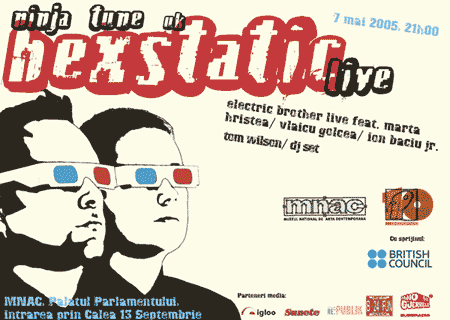
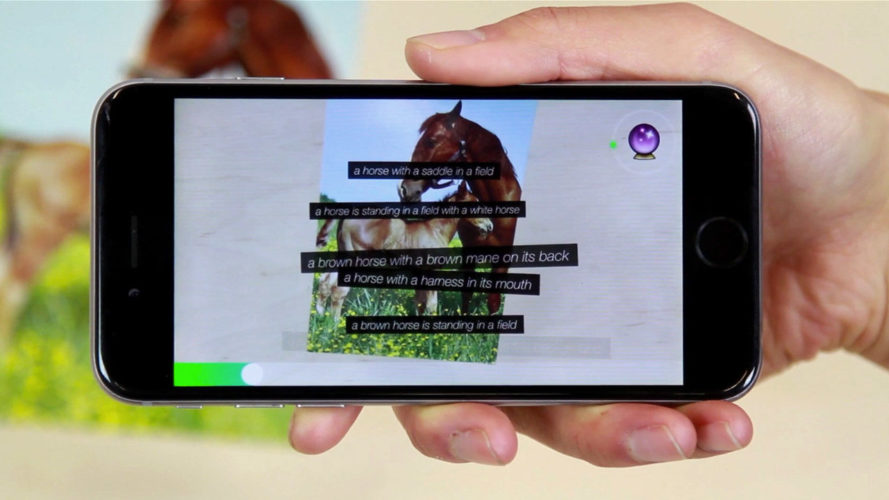
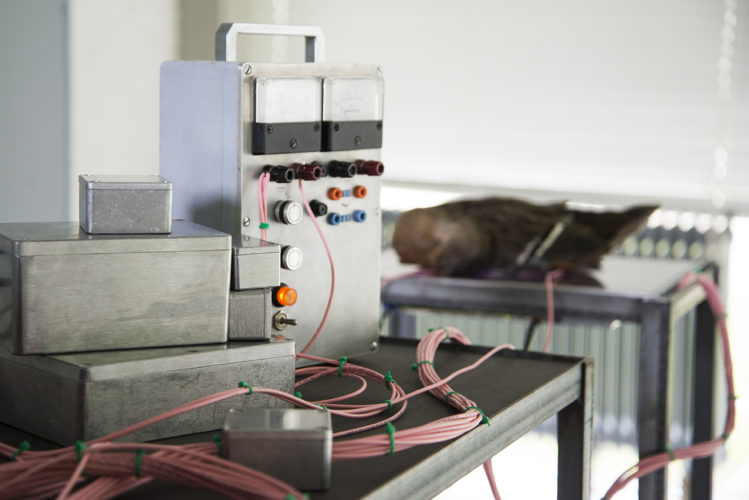
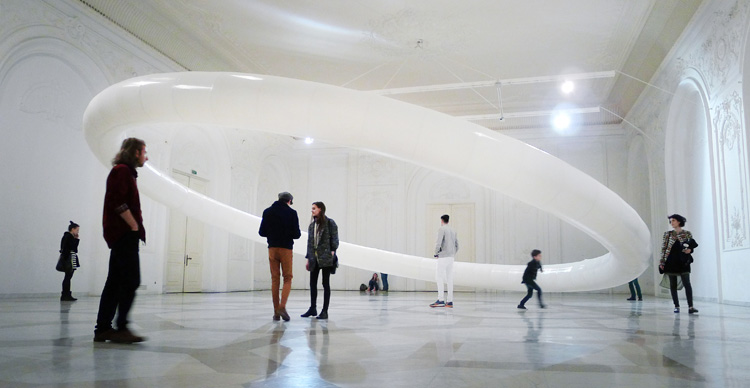

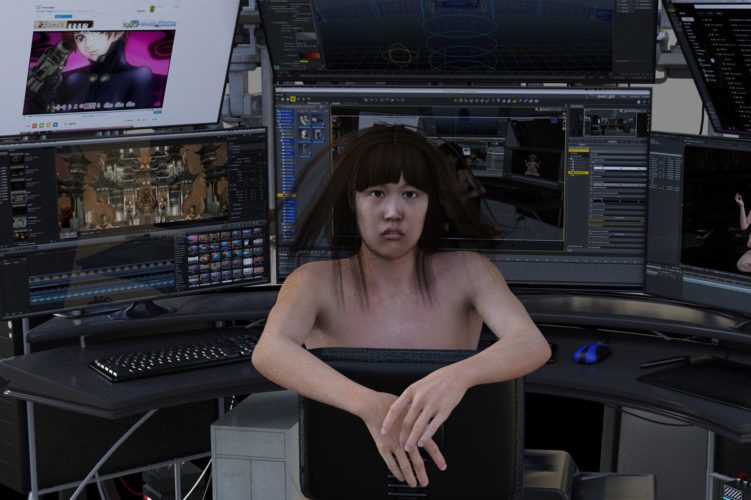
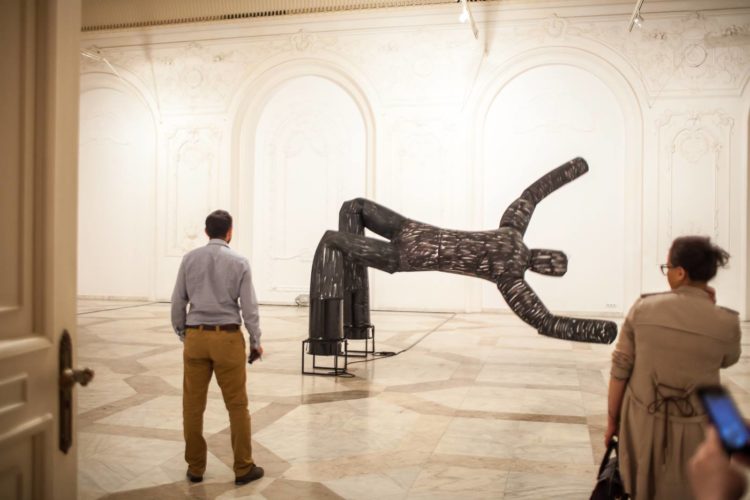
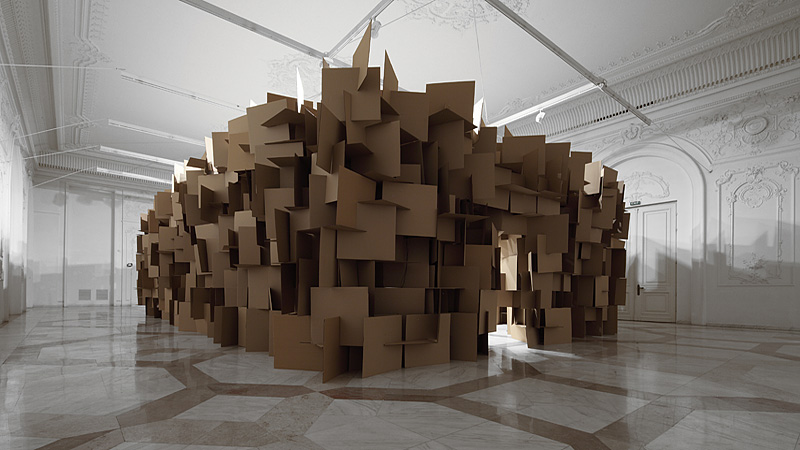
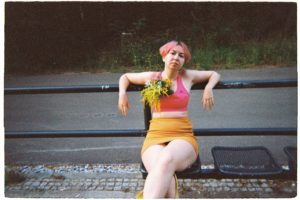
Comments are closed here.